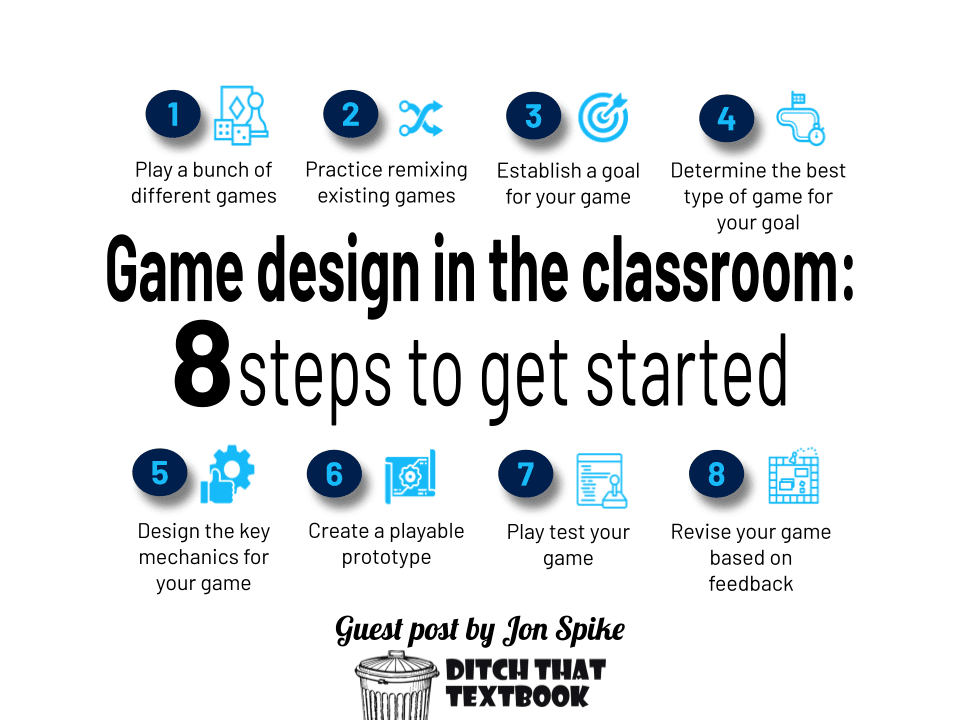Game development involves the creation of video games through design, programming, testing and production. Game development kits have made it more accessible to a wider range of people who don’t have formal training. These kits provide an easy-to-use interface for creating games without requiring extensive knowledge of programming languages. Choosing the right game development kit is crucial, with popular options including Unity, Unreal Engine, Godot, and Construct. Once chosen, the game must be planned, created, programmed and tested before it can be published and distributed across various platforms to be enjoyed by a wider audience.
A Step-by-Step Guide to Creating Games with Game Development Kits
Game development is the process of creating video games. It involves designing, programming, testing, and producing games. With the rise of game development kits, more people can now become game developers without formal training. Game development kits provide an easy-to-use interface for creating games without requiring the knowledge of programming languages. In this guide, we will walk you through the process of creating games using a game development kit.
Step 1: Choose the Right Game Development Kit
The first step to creating a game with a game development kit is to choose the right one. There are many game development kits available, each with its own strengths and weaknesses. Some of the popular game development kits include:
– Unity: Unity is a popular game development kit that is widely used in the gaming industry. It supports multiple platforms, including Windows, macOS, iOS, Android, and others.
– Unreal Engine: Unreal Engine is another popular game development kit that is commonly used in the gaming industry. It is known for its high-quality graphics and advanced physics engine.
– Godot: Godot is a free and open-source game development kit. It offers a user-friendly interface and supports multiple platforms.
– Construct: Construct is a game development kit that is focused on 2D games. It offers a visual interface for game development, making it easy to create games without coding.
Step 2: Plan Your Game
After choosing the right game development kit, the next step is to plan your game. This involves defining the game’s mechanics, objectives, and story. You need to decide on the game genre, the characters, the environment, and the game mechanics. This will help you create a clear roadmap for the game development process.
Step 3: Create the Game World
The next step is to create the game world. This involves building the levels, the characters, the environment, and the props. You can use the tools provided by the game development kit to create the game world. For example, you can use Unity’s terrain editor to create the landscape, Unreal Engine’s blueprint system to create the game logic, or Godot’s tileset system to create the levels.
Step 4: Program the Game Logic
The game logic is the set of rules that govern the behavior of the game. This includes the movement of characters, the interactions with objects, and the scoring system. You can use the scripting language provided by the game development kit to program the game logic. For example, you can use Unity’s C# scripting language, Unreal Engine’s Blueprint visual scripting system, or Godot’s GDScript programming language.
Step 5: Test the Game
The next step is to test the game. This involves playing the game and ensuring that it works as expected. You need to test different scenarios, such as different levels, different characters, and different environments. You also need to test the game on different platforms, such as Windows, macOS, iOS, Android, and others.
Step 6: Publish the Game
After testing the game, the final step is to publish the game. You need to package the game and distribute it on different platforms. You can use the tools provided by the game development kit to package the game. For example, you can use Unity’s build settings to create a standalone executable or a web player, Unreal Engine’s packaging system to create a game package or an installer, or Godot’s export settings to create a standalone executable or a web player.
Conclusion
Game development kits have made game development accessible to more people. With the right game development kit, anyone can create games without requiring the knowledge of programming languages. In this guide, we walked you through the process of creating games with a game development kit. By following these steps, you can create great games that people will love to play.
